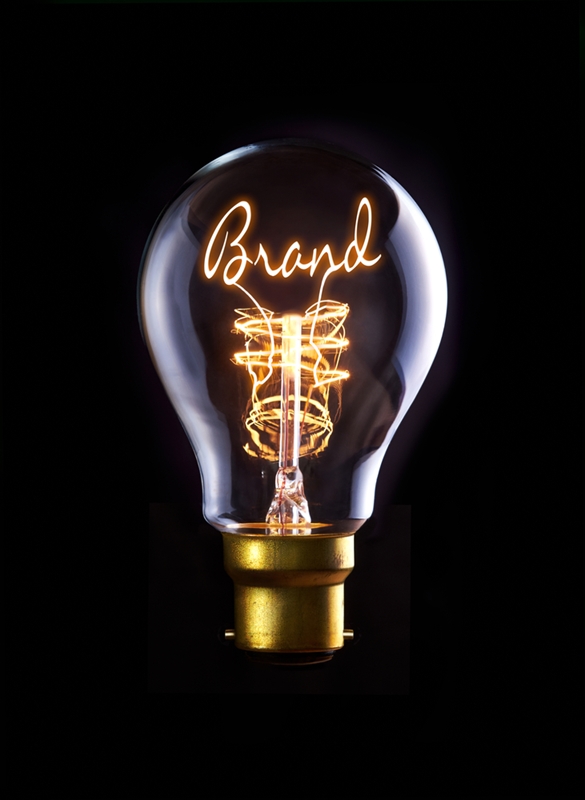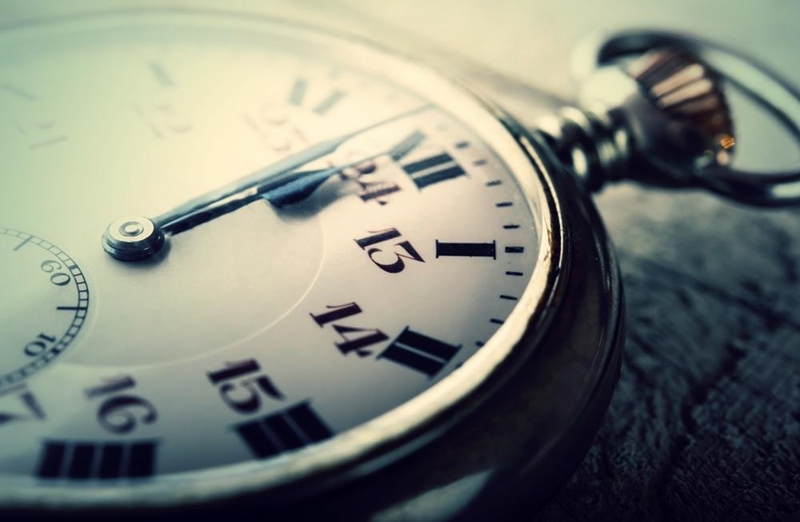Registering for a trade mark can be a tricky process, with significant consequences if you fail to understand the basics. Let’s have a look at what our years of experience with IP law have shown us are the three things you need to know when registering a trade mark.
1. Make sure you have a trade mark
Often, the first mistake people make is not double checking with IP Australia’s register of trade marks to see what exists already. This ensures what you have is unique and you aren’t accidentally copying anyone. You also need to make sure that the trade mark you have is distinctive enough to to distinguish your business or product from the rest of the market – trying to register a common word or phrase will likely be unsuccessful.
 A bright idea for a trade mark isn’t enough – you need to make sure it’s suitably protected and registered.
A bright idea for a trade mark isn’t enough – you need to make sure it’s suitably protected and registered.
Finally, you need to make sure that, in registering for a trade mark, you are comfortable with the details of your brand or product being publicised. Some businesses opt to apply for trade secret protection instead, to ensure details of their business are kept out of public knowledge.
2. A trade mark is not a design
The key difference between a trade mark and a design is that a design has to be ‘unique or new’ – while a trade mark does not. A design refers to a specific visual shape, pattern or configuration of a product – a trade mark is defined as a brand package, which can encompass a combination of words, words and graphics or something similar. While a 3D object (much like a design) can be trade marked, it is still important to identify the differences in case you have legal issues further down the track.
An example of a registrable design includes:
- A new seat cushion shape in the design of an ergonomic chair.
An example of a registrable trade mark is:
- The golden wallaby holding the rugby ball on the crest of the Australian Rugby Union team.

3. Use it or lose it
Many companies register a trade mark for an image or slogan – and then sit back, assuming their identity is protected and they don’t have to use the trade marked brand until they are ready. This is not the case. If you don’t actively use the image or slogan in your trade, anyone can file to have the trade mark removed under grounds of non-use. That is why it is a good idea to regularly track your registration, to ensure that you can meet any claims filed against you with legal action.
Registration of a trade mark with IP Australia lasts for ten years, with renewal available between 12 months before expiry and six months after. If you fail to renew it, your protection expires and other companies can trade mark your work for themselves.
Understanding trade mark law can be a minefield of uncertainty – so having legal representation on your side with years of intellectual property law experience in vital. To find out more about trade mark law, contact the Alder IP team today.


